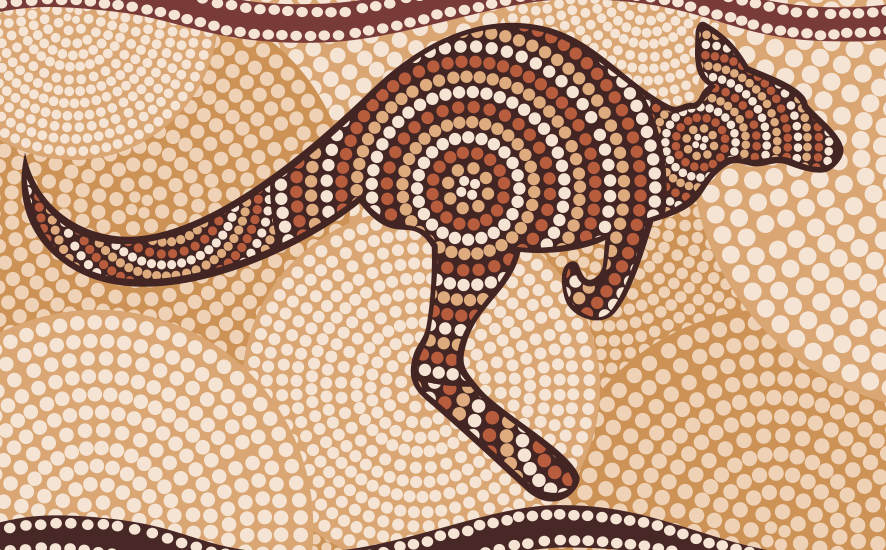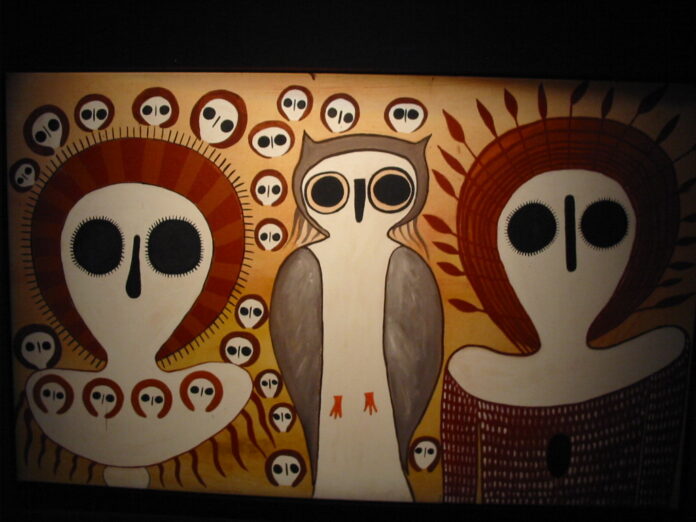Indigenous art is largely the result of centuries of cultural knowledge that has been passed down from generation to generation.
Traditional Indigenous art is a reflection of the cultural values embodied in the works and often works to preserve these values in physical form.
Indigenous art includes a wide range of visual and aesthetic expressions that have been developed by certain cultural identities and faithfully reflect the essence and philosophy of that group. Native art is largely defined by the spiritual beliefs, customs, values , and practices of the community, which reflect the collective understanding of life.
Focusing on indigenous cultural preservation is critical to allowing these people to maintain their autonomy and cultural identity in our time. Indigenous art forms continue to be created to bring unity within communities by preserving sacred knowledge in ceremonial songs or dances that date back centuries before today.

Indigenous cultural preservation is very important for many reasons:
- It serves as a repository of cultural data;
- Indigenous art also reflects the artistic expression of important historical people or groups, monuments to life, and artifacts created by past generations;
- It can also give today’s society an insight into traditional lifestyles, customs, and rituals that have been passed down from generation to generation.
Indigenous cultural preservation helps to recognize and honor its creators by providing a platform where their work can be celebrated and shared with future generations. By participating in activities such as collecting, displaying, or selling indigenous culture, viewers can learn more about these unique forms of expression and gain insight into their way of life.
In addition to indigenous cultural preservation, respect for the arts of indigenous peoples also goes hand in hand with respect for the rights of these cultures in our ever-globalizing world. This includes:
- respecting their rights to protect their intellectual property;
- maintaining control over their material artifacts;
- restricting exploitation due to commercialization;
- respecting traditional places and customs through legislative and educational initiatives that include understanding aspects of traditional knowledge systems such as language and body coloring styles, among other things.
Digital technologies such as social media, virtual/augmented reality, 3D printing, wearable technologies, and mobile applications can be used as effective tools for indigenous cultural preservation. The use of digital platforms allows users to share their work with a much wider audience than was previously possible. It also provides people from different cultures with a much easier way to learn about each other’s cultural
A key element of indigenous cultural preservation is the collaboration between museums and Indigenous communities to generate transfer of knowledge, skills, and stories. Museums can be an important asset to Indigenous peoples in helping build resilience and sustainability to protect their culture.
Indigenous art is an important part of our shared cultural heritage, and helping Indigenous communities preserve their artistic creations is a vital part of ensuring that the unique knowledge, stories, and techniques they contain are accessible to future generations.

























